South Africa's crude steel production decreased by 8.2% to 1,181 million tons in the first quarter of 2025. The decrease once again highlights the deepening problems of the country's steel industry, in contrast to modest growth in other African markets and strong increases in China, India and Brazil.
Total steel imports increased by 2% y/y to 117,061 tons in February, with weak domestic demand, a surge in cheap imports and high-cost domestic production with weak competitiveness among the main drivers of the decrease. Most of these imports were flat products from China and Indonesia. Semi-finished imports reached 19,578 tons in the same period, 90% of which came from Zimbabwe.
Steel exports decreased by 14.3%. However, exports of long products increased by 25%, supported by regional demand. Imports of value-added products increased by 12.1%, while exports increased by 5.4%.
Experts emphasize that urgent trade measures, targeted industrial policies and infrastructure-based demand stimulus are vital for the sector to recover.
Impact of the global situation on South Africa
Globally, the steel market is entering a turbulent period, with protectionism on the rise and demand weakening, as well as a universal 10% tariff policy imposed by the US and ongoing tensions with China. This shift is driving excess production to unprotected markets, a risk that South Africa faces directly. For producers operating in free and open import markets like South Africa, this means significant margin losses and reduced capacity utilization.
Economic growth forecasts are also worrying. The IMF has downgraded South Africa's 2025 growth forecast to 1%, while structural problems in electricity and logistics infrastructure are negatively affecting production and investment. These developments highlight the need for a strategic restructuring of the domestic steel industry.


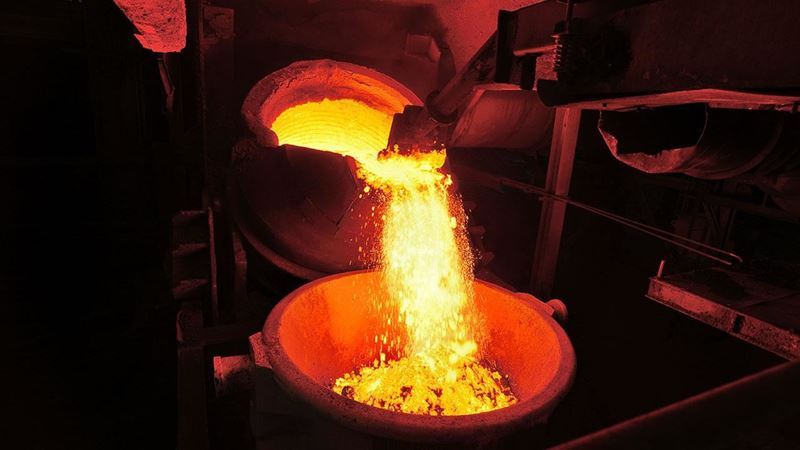
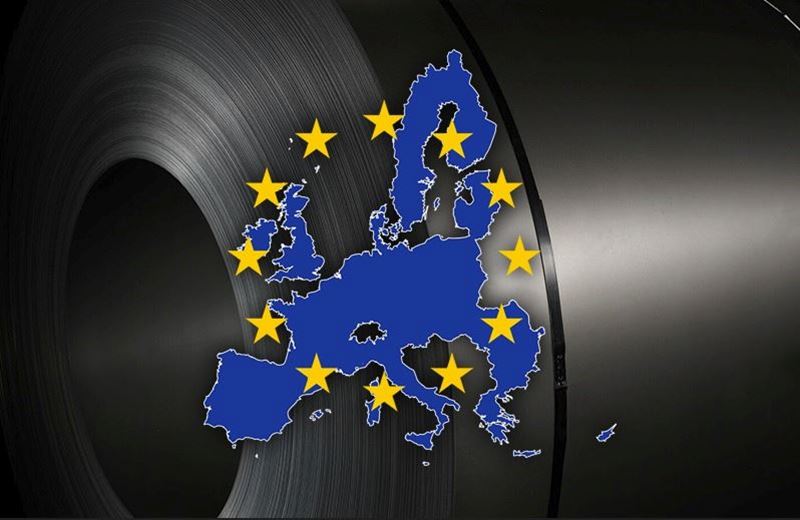
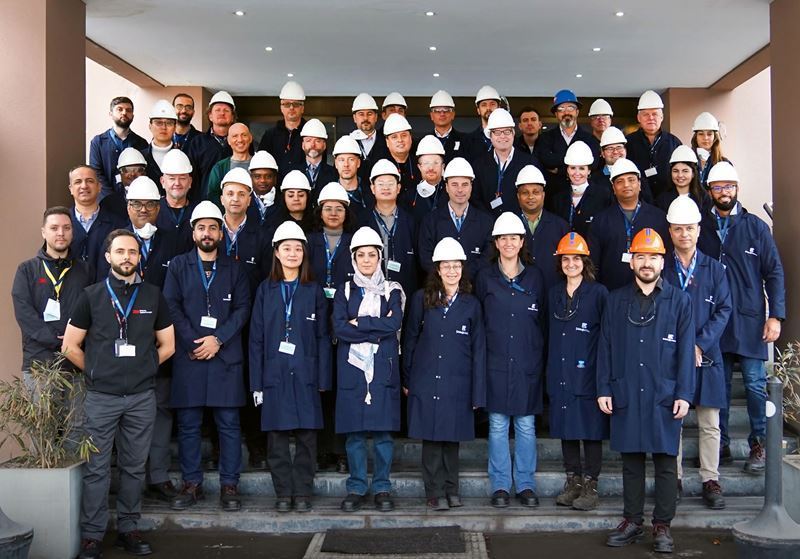
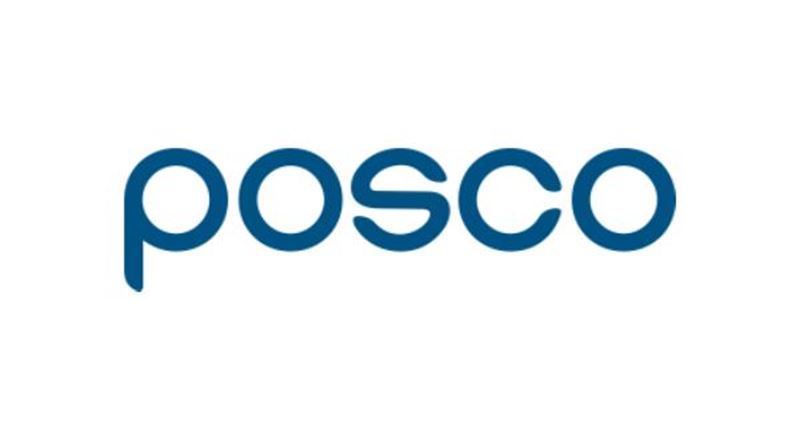
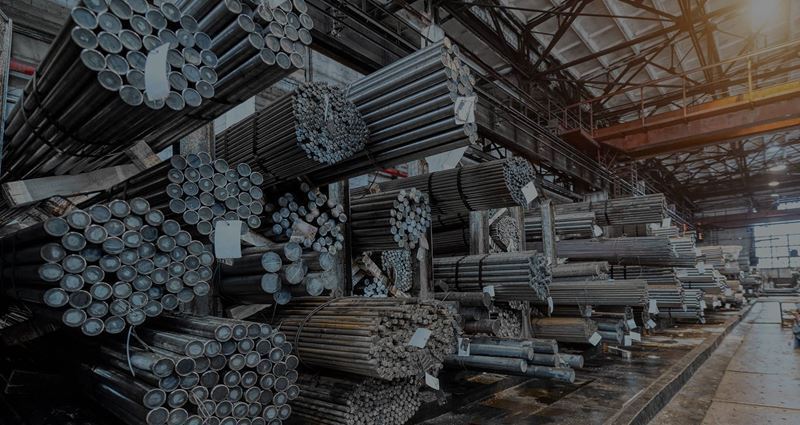
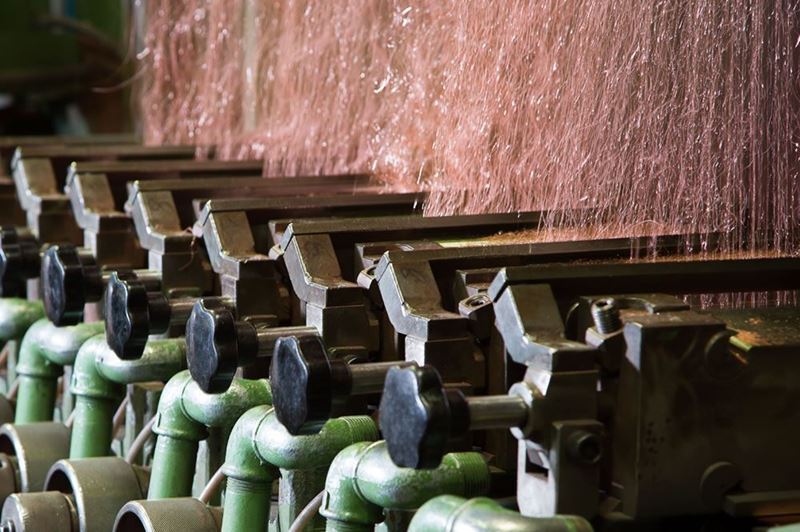

Comments
No comment yet.